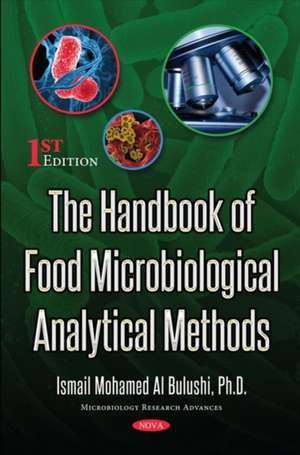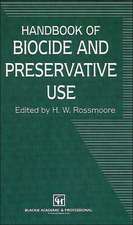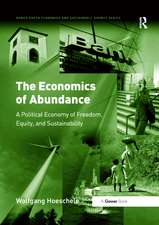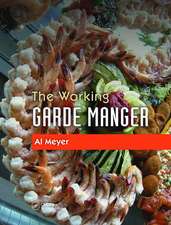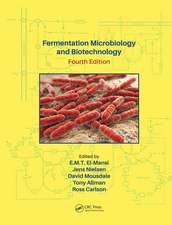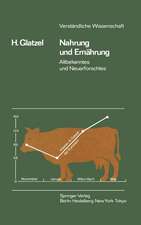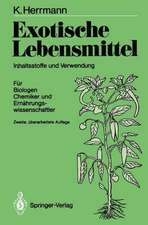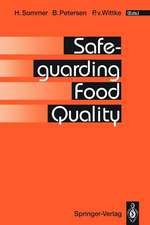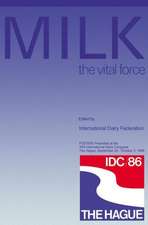Handbook of Food Microbiological Analytical Methods
Autor Ismail Mohamed Al Bulushi Ph.D.en Limba Engleză Paperback – dec 2017
Preț: 686.72 lei
Preț vechi: 882.21 lei
-22% Nou
131.40€ • 137.93$ • 109.07£
Carte disponibilă
Livrare economică 20 martie-03 aprilie
Specificații
ISBN-10: 1536124737
Pagini: 108
Dimensiuni: 228 x 153 x 12 mm
Greutate: 0.23 kg
Editura: Nova Science Publishers Inc
Colecția Nova Science Publishers Inc
Cuprins
Preface; Basic Microbial Skills; Enumeration of Specific Microorganisms in Foods; Enumeration & Identification of Pathogens in Foods; Microbial Identification Techniques; Determination of Microbial Activities; References; Appendix; Index.
Descriere
THE Handbook of Food Microbiological Analytical Methods includes 31 topics and experiments distributed throughout five chapters, namely basic microbial skills, the enumeration of different microorganisms in foods, identification techniques and determination of microbial activities. Besides, the handbook includes useful sources in food microbial analyses such as the Food Microbiology E-sources and the primers for identification of common microbial pathogens. This handbook aims to provide and develop concerning food microbial skills in the users with simple steps to follow along with the theoretical explanation for better understanding. The uniqueness of this handbook includes topics that are rarely addressed in current food microbiology manuals and handbooks such as the enumeration of special bacterial groups such as marine and Gram-positive bacteria, introducing: A selective medium for enumeration of Gram-positive bacteria from marine sources for the first time; a technique for bacterial colonies randomisation; a technique for recovery of injured/stressed bacteria; techniques to study bacterial potential such as spoiling foods; a technique that forms biogenic amines; and the production of antimicrobial activity and providing the specific specie primer pairs for common pathogens. The principles and procedures of some routinely used identification techniques namely vitek, sequencing of 16S rRNA gene and specific genus and specie primers for bacterial identification are provided with simple procedures. Enumeration and identification techniques of common pathogens and spoilers, namely Staphylococcus aureus, Enterobacteriaceae, Escherichia coli, Salmonella spp., Listeria monocytogenes, Vibrio parahaemolyticu, Bacillus cereus and Shewanella putrefaciens enumeration and identification techniques are also covered. These techniques are based on the International Standards such as ISO and U.S. Food and Drug Administration Standards and the medias manufacture instructions. This handbook is needed to conduct microbial analyses to determine food microbial quality and safety, food hygienic status and the microbial potential to spoil food, lose food safety and produce antimicrobial activity. This handbook was prepared to be used by students and young researchers. Therefore, it can be used in the universities as a practical manual in biology, microbiology, food microbiology, food safety, and food hygiene courses, as well in food laboratories which determine food microbial safety and quality. It is expected that this handbook will be a good and practical guide for students and researchers as well.
